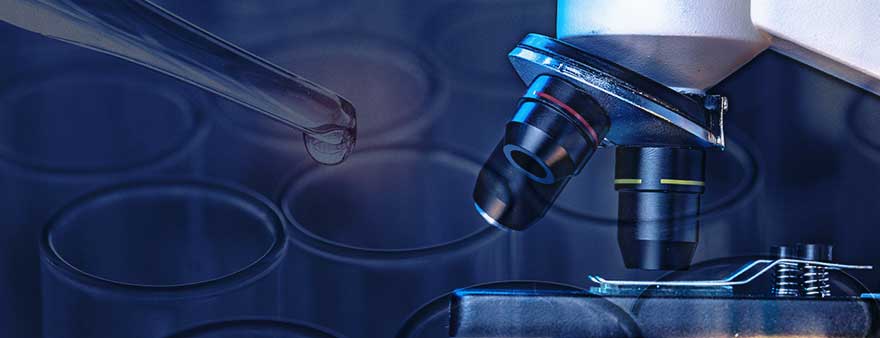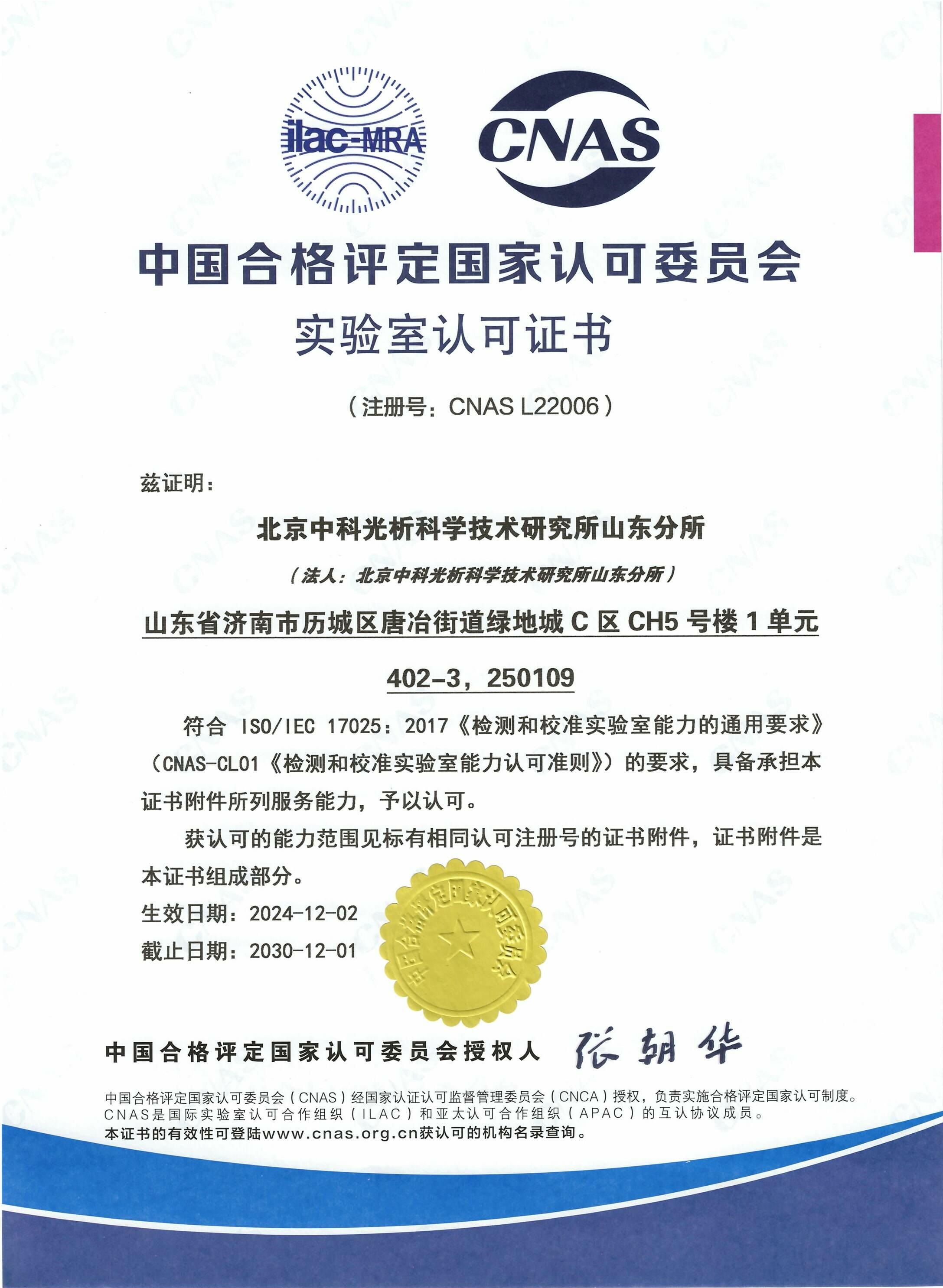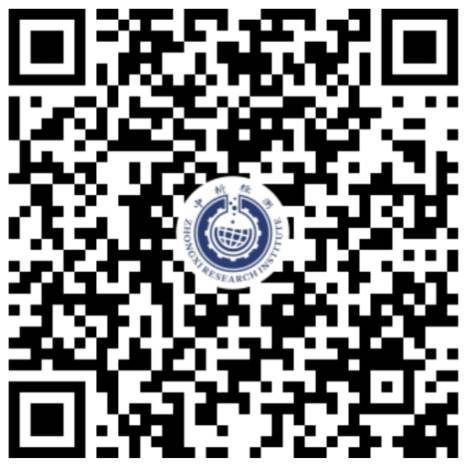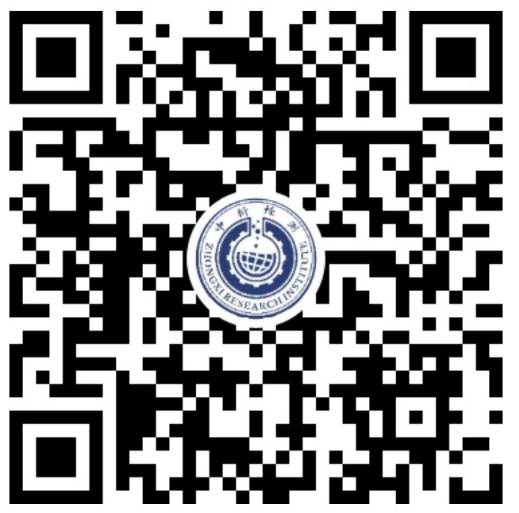
Long-Term Evolution (LTE) Frequency Division Duplexing (FDD) technology is a cornerstone of modern mobile communications, enabling high-speed data transfer, low latency, and robust connectivity for billions of users worldwide. Terminal detection, specifically for LTE FDD devices, plays a pivotal role in ensuring seamless network integration, optimal performance, and user satisfaction. As consumer demand for faster and more reliable mobile services grows, rigorous testing of LTE FDD terminals—such as smartphones, tablets, and IoT devices—becomes essential to verify their compliance with industry standards, prevent network congestion, and enhance interoperability across different vendors' infrastructures. This process not only supports global certification programs like those from the Global Certification Forum (GCF) but also safeguards against potential issues such as dropped calls, data bottlenecks, or security vulnerabilities. In essence, LTE FDD terminal detection acts as a quality gatekeeper, fostering innovation in the ever-evolving telecommunications landscape while maintaining a high bar for device reliability and efficiency.
LTE FDD terminal detection encompasses a wide range of projects to evaluate the device's functionality and performance. Key detection projects include:
射频性能检测: This involves testing the terminal's radio frequency characteristics, such as transmitter output power, receiver sensitivity, frequency error, and modulation accuracy. For instance, projects assess how the device handles signals in different LTE bands (e.g., Band 1 or Band 20) to ensure minimal interference and optimal coverage.
协议一致性检测: Focuses on verifying adherence to LTE signaling protocols defined in standards like 3GPP TS 36.523. Projects test aspects such as call setup, handover procedures, and session management to confirm the terminal correctly interacts with network elements like eNodeB.
互操作性和性能检测: Evaluates the device's ability to work seamlessly with various network equipment and real-world scenarios. Examples include throughput testing for data rates, latency measurements for voice services, and battery drain assessments under different load conditions.
安全与认证检测: Ensures the terminal meets security requirements, such as encryption protocols and SIM card authentication, to protect against threats like eavesdropping or unauthorized access.
Various methods are employed to conduct LTE FDD terminal detection, leveraging advanced tools and environments for accuracy:
实验室测试方法: Performed in controlled settings using specialized equipment like Keysight signal analyzers and R&S protocol testers. Methods include conducted testing—where devices are directly connected to test instruments to simulate network conditions—and radiated testing in anechoic chambers to evaluate antenna performance without external interference.
现场测试方法: Involves real-world deployment where terminals are tested in live network environments, such as drive tests or stationary setups, to assess performance metrics like signal strength, handover success rates, and data throughput under varying geographic and traffic conditions.
自动化软件方法: Utilizes software tools like Qualcomm's QXDM or Anritsu's MD8475A for scripting and automating test cases. These methods enable batch testing of multiple scenarios, including stress testing for high-load situations and regression testing to ensure firmware updates don't introduce new issues.
Detection standards for LTE FDD terminals are defined by international bodies to ensure uniformity and reliability:
3GPP规范标准: The primary standard is the 3GPP Technical Specifications, particularly TS 36.521 for RF conformance and TS 36.523 for protocol conformance. These set mandatory requirements for parameters like error vector magnitude (EVM) limits and maximum transmission power, with specific reference to FDD operation modes.
认证机构标准: Organizations like GCF and PTCRB enforce additional standards for device certification, such as test case specifications that cover end-to-end validation, including network attachment and data session stability tests. Regions may have localized adaptations, such as FCC regulations in the US or CE marking in Europe for RF emissions.
性能基准标准: Standards like those from GSMA include performance thresholds for metrics such as downlink throughput (e.g., achieving at least 100 Mbps in ideal conditions) and latency (e.g., below 50 ms for VoIP calls), ensuring terminals meet user experience expectations.


 前沿科学
微信公众号
前沿科学
微信公众号
 中析研究所
抖音
中析研究所
抖音
 中析研究所
微信公众号
中析研究所
微信公众号
 中析研究所
快手
中析研究所
快手
 中析研究所
微视频
中析研究所
微视频
 中析研究所
小红书
中析研究所
小红书